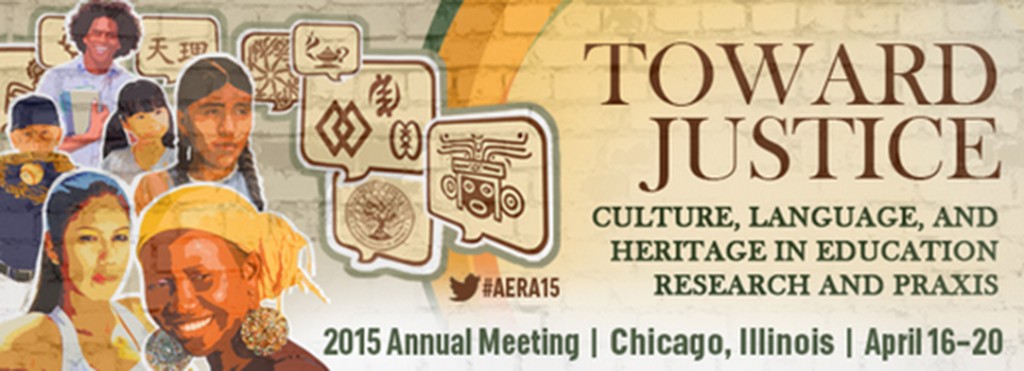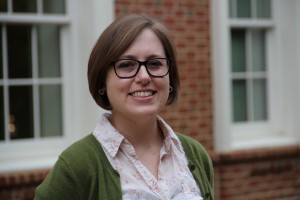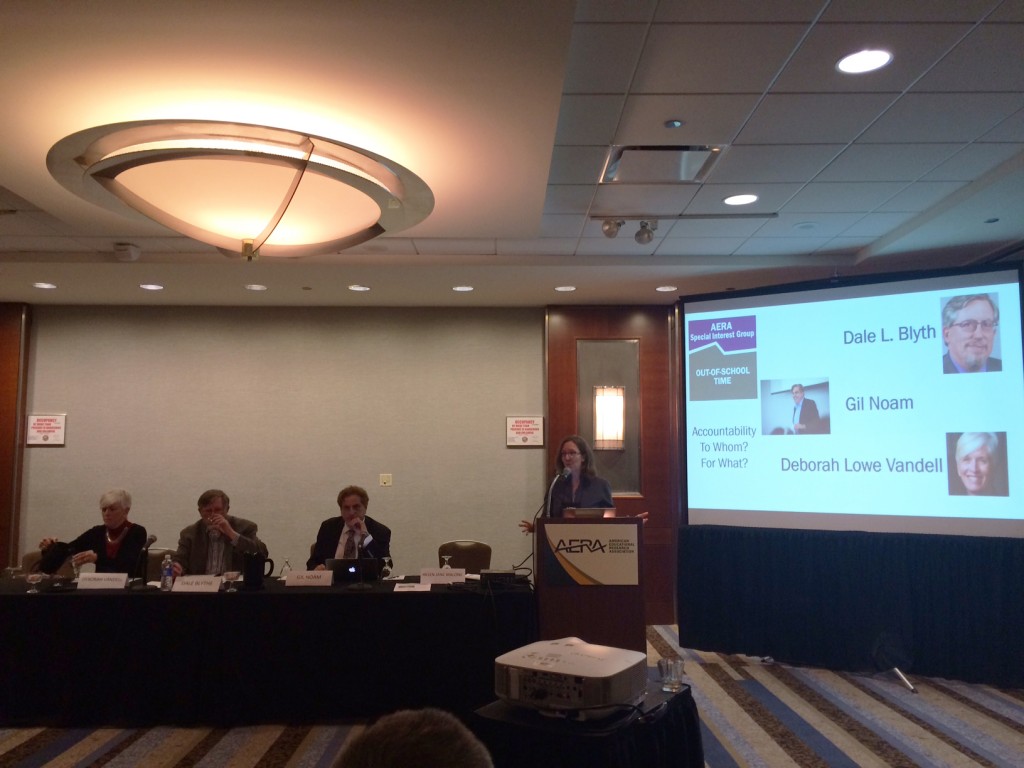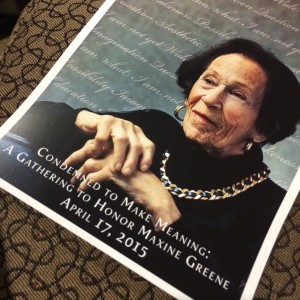
Chicago – Site of 2015 AERA. “ChicagoOverheadTiltShift”. Licensed under CC BY-SA 2.0 via Wikimedia Commons
Over the course of five days in mid April, thousands of researchers, teachers, and administrators came together to discuss current educational issues. Valerie Futch, Ph.D., gives us a look into the 2015 American Educational Research Association (AERA) conference held in Chicago this spring. 
Valerie Futch, Ph.D., is a Research Assistant Professor of Education, and Youth-Nex faculty member at the Curry School of Education. Her current work includes several projects that aim to improve understanding of youth experiences in the classroom, in after-school programs, and in relationship to adults. Futch is Program Chair for the American Educational Research Association Out-of-School Time (OST) SIG, American Educational Research Association, 2015 & 2016 Conferences. She was a Youth-Nex postdoctoral fellow from June 2011–August 2014.
Since I’m only one person and can’t be in multiple places at once, I followed a lot of the concurrent sessions on Twitter. If you want a great recap of the main points as well as links to lots of other resources, definitely check out the #AERA15 conversation.
The theme this year was “Toward Justice: Culture, Language, and Heritage in Education Research and Praxis” and many of the keynotes took up issues of achievement and opportunity gaps, disciplinary discrepancies, access to quality schools, and issues of education policy and reform. For a full listing of keynote speakers and information about their talks, visit the conference page.
I also had the opportunity to chair the program for the Out-of-School-Time Special Interest Group (OST-SIG). We had several roundtable and paper sessions, as well as a few posters. Some of the topics that were covered included discussions of what constitutes quality in after-school programs, how we can build collaborative opportunities in out-of-school-time settings, a full paper session documenting outcomes in these programs, and a look at global programs for youth. We also had a very productive business meeting with leading researchers in the OST field where we discussed the ESEA renewal debate in Congress and the importance of funding after-school programs. We are working on compiling all of the slides from our presenters and will post them on our SIG webpage for you to have access to in the next few weeks. You can follow us on Facebook and Twitter to have access to these materials when we post them!
There were somber moments as well, as several memorial sessions honored and mourned the loss of brilliant scholars. Two who were influential to me were Maxine Greene and Greg Dimitriadis. Both took up issues of art, aesthetics, justice, and philosophy of education. Their ideas fuel many educators and researchers and inspires us to create classrooms that spark creativity. The full rooms and heartfelt memories shared by former colleagues, students, and friends attests to their long-lasting influence on many in the education field.
The highlight of my trip was definitely the Saturday morning Youth Research Festival coordinated by AERA President Joyce King and Distinguished Professor Michelle Fine. Over ten teams of youth researchers from across the nation (and one group from South Africa!) presented their participatory research projects and highlighted the impact these projects had in their local communities. You can learn more about several of the projects by visiting the Public Science Project webpage. I’m looking forward to chairing the OST-SIG program again next year and encourage you to submit your work for presentation at the 2016 conference, to be held in Washington, DC.


